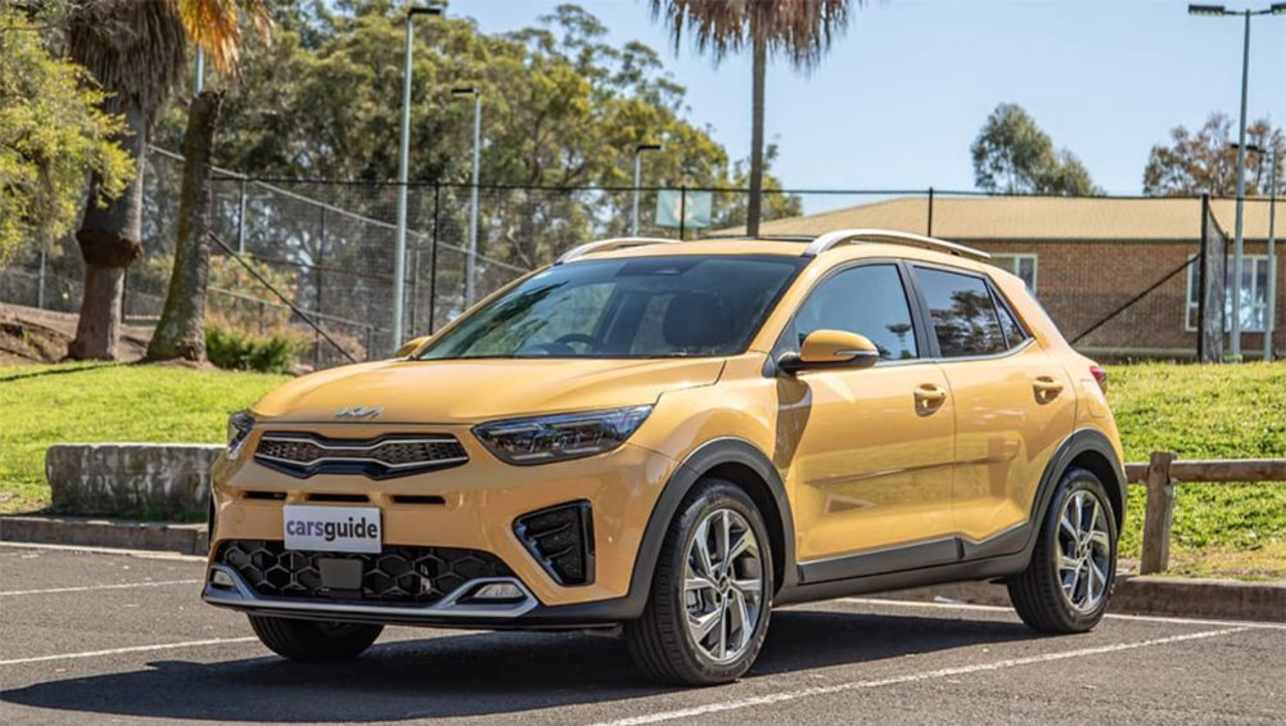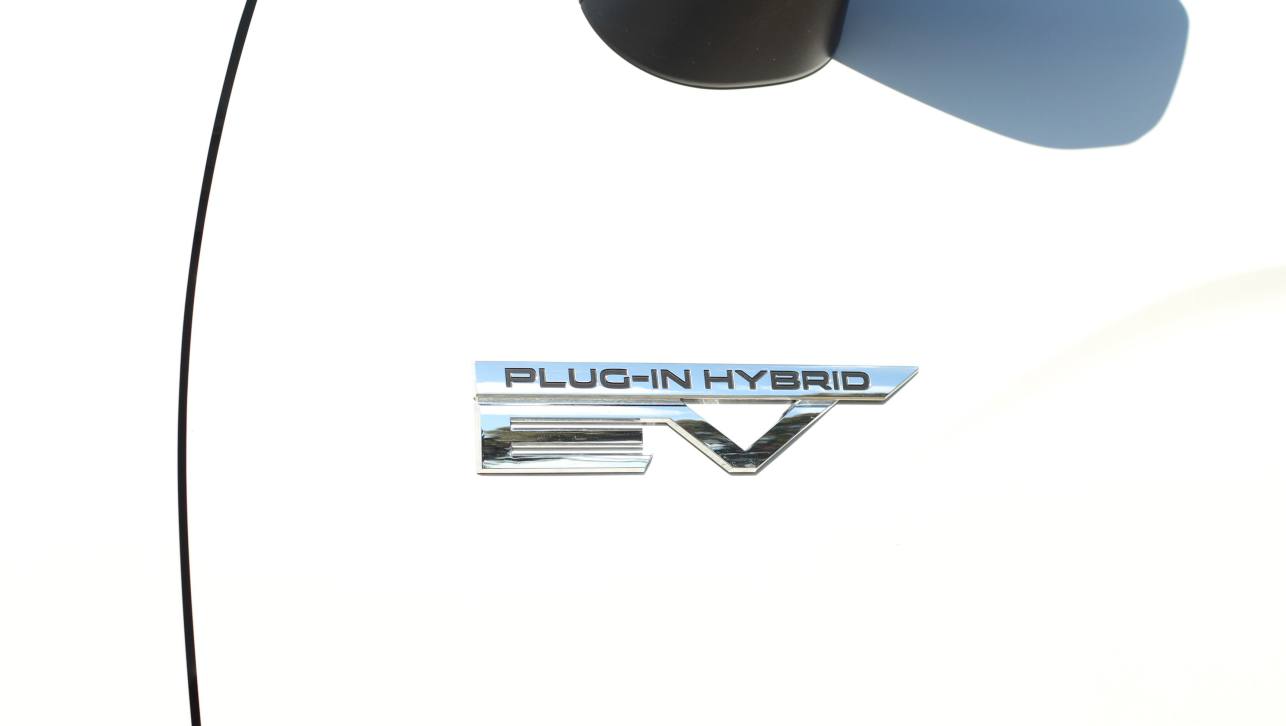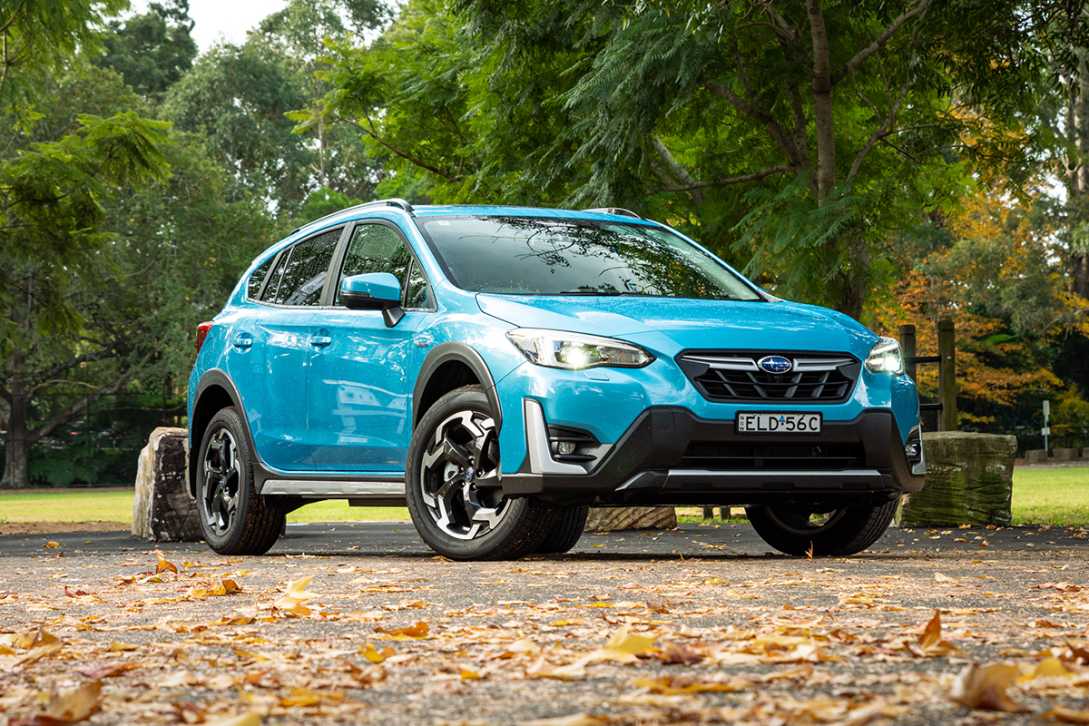If there was ever a snapshot highlighting the challenges of our brave new driving world, surely this is it.
Apple’s autonomous car program has suffered its first bruise – and in a stunning irony, it involves the world’s most commercially successful electric car.
Reports from Santa Clara, California have revealed that a 2015 Lexus LX450h – owned by Apple and equipped with a battery of autonomous sensors – was involved in a rear-end collision with a Nissan Leaf late last week.
The crash was minor, with the Leaf rear-ending the almost-stopped Apple rig at about 24km/h. No injuries were noted.
It’s the first reported incident involving Apple’s autonomous car program, which looks a lot different now than it did in 2014, when the computer company announced it would build its own autonomous car by 2017.
However, the program was wound back in 2016, with up to 1000 people cut from the project, while Apple focused its attentions on developing autonomous software.
The software, known internally as Apple Automated System, has been rolled out across a fleet of some 45 RX SUVs that are actively testing across the state of California, which has granted the Cupertino company licences to run on public roads.
Just six Apple employees are reportedly approved to 'drive' the cars, and all hold senior positions within the company.
California’s regulations around autonomous vehicles are very strict, requiring licence holders to submit documents like an annual disengagement report, which show just how many times an autonomous vehicle’s driver has had to take control of the car over the testing period.
Even the incident report submitted after the crash was on an autonomous vehicle-specific form.
A crash between an autonomous vehicle and an EV serves to illustrate the technology barriers that will need to be overcome if self-driving cars are to become part of the modern motoring mix.
The majority of crashes in the United States involving autonomous vehicles have been similar in nature, with a piloted car colliding with a slow-moving or stationary autonomous car.
There have been tragic exceptions, with a self-driving Volvo XC90 belonging to ride share company Uber striking and killing a pedestrian in Arizona earlier this year, after it failed to detect her crossing a road late at night. The Uber’s minder wasn’t paying attention to the road.
It’s also worth noting that the Leaf was recorded as a 2016 model, which wasn’t equipped with AEB as standard; driver safety aids like AEB and lane departure warning are also vital parts of the new technology mix.


.jpg)
.jpg)

.jpg)


.jpg)
.jpg)






.jpg)
.jpg)

.jpg)

.jpg)

.jpg)
.jpg)





Comments